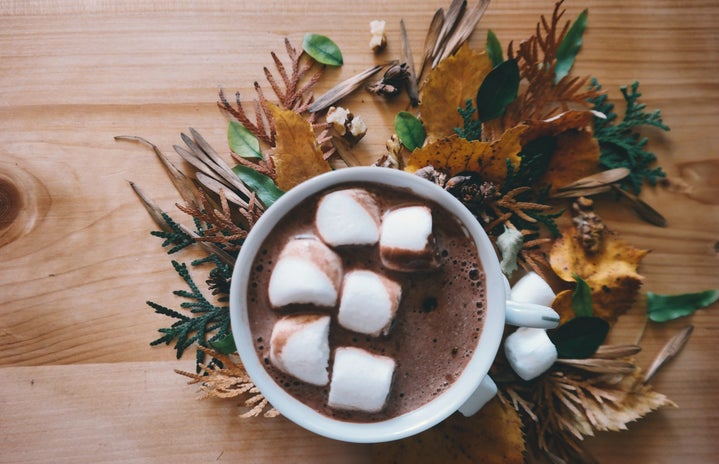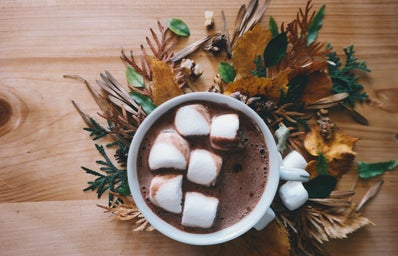You hear the word “superfood” and you probably think of greens: kale, spinach, “Amazing Grass” greens powder, and broccoli, right? But while you shouldn’t skimp on your greens, you should make some room for orange on your plate!
Let pumpkin be more than just a spice in your latte this fall. Classified as a superfood, pumpkins pack a powerful, healthy punch to your diet – keeping your vision sharp and your waistline trim (well, so long as you take it easy on the pumpkin pie!).
Pumpkin for Peepers
Pumpkins get their rich orange color from provitamin beta-carotene, a nutrient that is essential for eye health. In the body, beta-carotene is converted to vitamin A, which is a necessary component of the visual cycle; and with more than 200% of the vitamin A RDA in one cup of mashed pumpkin, you get twice the peeper protection.
Gorge on this Gourd
With only 80 calories, 1 gram of fat, 3 grams of protein, and a whopping 7 grams of fiber per cup of canned pumpkin, this fruit is a superstar for keeping you slim. You know that fiber is the key to satiety, keeping you fuller on a smaller amount of calories, so eat up!
Canned pumpkin can also be used as a substitute in baked goods for oil or butter to decrease the fat. Just sub 1 cup of pumpkin puree for 1 cup of oil and ¾ cup of pumpkin for 1 cup of butter for a lightened-up version of your favorite treat.
“Salubrity Seeds”
Don’t toss out the seeds after carving your Jack-O-Lantern! Rich in protein, magnesium, iron, potassium, zinc, and omega-3 fatty acids, these little seeds yield some big benefits. From keeping your cholesterol levels in check to boosting your immune system to warding off depression, pumpkin seeds make a great addition to your diet.
Click here for a recipe for roasting your own pumpkin seeds!
Carotene for Cancer
Besides being a rockstar for eye health, beta-carotene has also been shown to play a role in cancer prevention. As an antioxidant, beta-carotene inhibits the oxidation of harmful molecules and protects the body from free radicals that can cause chronic illness.
Scoop Some for Your Skin
While helping to decrease your risk of cancer, antioxidants are also responsible for keeping the cells that fast-forward aging free from damage. In addition, the vitamins C, E, and A found in pumpkins help to cleanse and hydrate your skin, giving you that “just went for a run” glow! Eat it or smooth it on, the benefits are the same.
Pump for Pumpkin
A hard workout calls for some electrolyte replacement, especially in the form of potassium. Boasting 564 milligrams of the nutrient per cup, pumpkin makes the perfect post-workout snack. Add to a protein smoothie or plain Greek yogurt for the optimal 3:1/4:1 carb to protein ratio to refuel.
From baked goods (muffins and scones and breads, oh my!) to pastas (pumpkin ravioli, anyone?), to smoothies, to yogurt parfaits, to pancakes and waffles, to soups, to oatmeal, pumpkin is extremely versatile. My favorite way to eat it is to mix ½ cup into my morning oatmeal and top with cinnamon, allspice, 1 tbsp of flaxseed and peanut butter, and 1 tbsp of maple syrup for an energizing start to my day.
For a slew of pumpkin ideas, check out the recipes from the queen of chocolate-covered desserts on chocolatecoveredkatie.com or try this superfood Pumpkin Cheesecake Parfait!
¼ cup plain pumpkin puree (fresh or canned)
½ large frozen banana
1 to 1 ½ cups almond milk
1 tbsp chia seeds
¼ tbsp cinnamon
¼ tbsp pumpkin pie spice
Blend all ingredients in a blender, adding the almond milk as you go to reach the desired consistency. Pour into a bowl or glass and top with toppings of choice (peanut butter, almond butter, cinnamon, crumbled graham crackers, etc).
So next time you go pumpkin picking, don’t forget to grab a couple extras!

